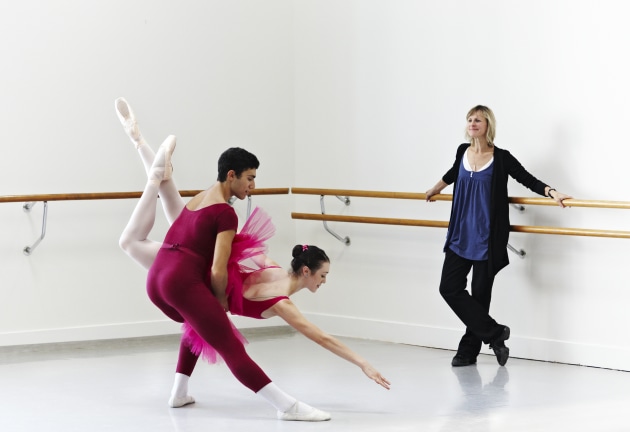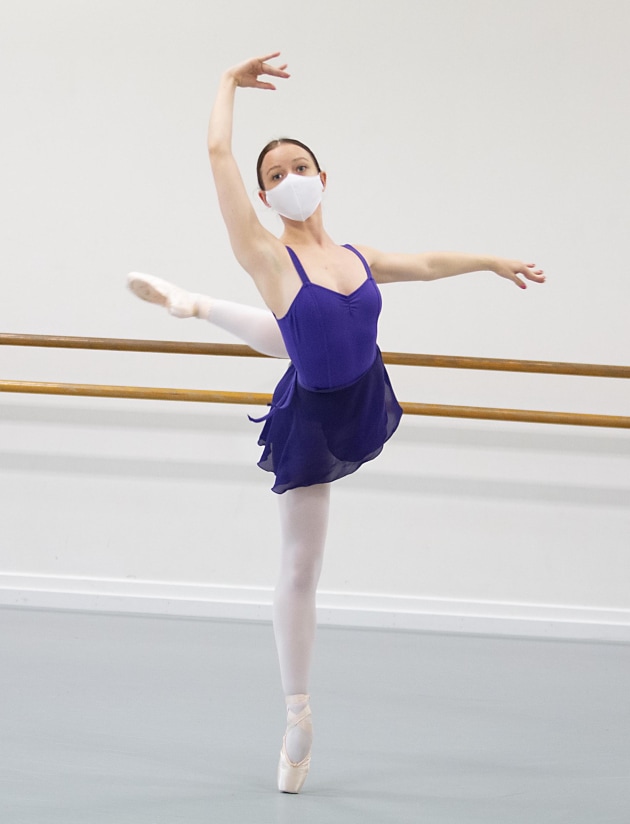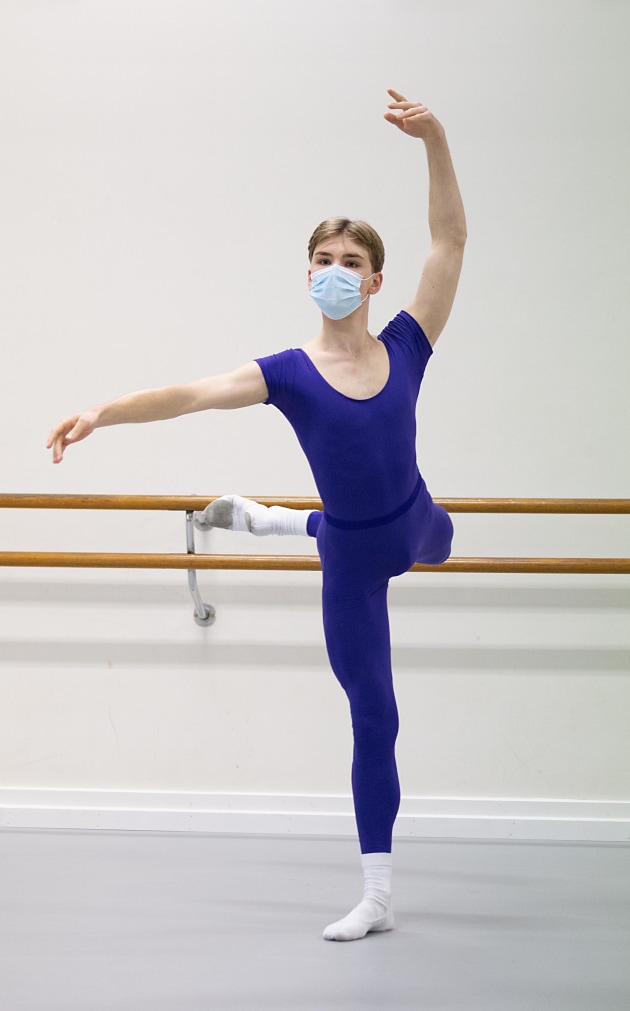The Australian Ballet School: meeting the Covid challenge
How has The Australian Ballet School survived the Corona challenge? Karen van Ulzen asked Joanne Michel, Ballet Mistress and Level 8 Coordinator.

While much has been made of the hold-up to the careers of elite athletes during the pandemic, what about our elite young dancers? Just as with promising athletes, for dance students, the timing of their training is crucial: young developing bodies must be strengthened and refined progressively and methodically in order to reach their physical peak without injury.
A case in point is The Australian Ballet School, our national elite ballet training institution, feeder to the Australian Ballet company and many other professional ballet companies. Situated in Melbourne, the school was subjected to the lengthiest shut down in the country.
With 110 full-time students ranging in ages from 14 to 19, with day students as well as boarders from around the country and overseas, how did the school manage?
Like all Victorians, when the first lockdown was announced in March, the faculty at the school first presumed it would be for a fairly short time. As Joanne Michel recounts, “When the news came through, the board and the director (Lisa Pavane) decided there and then that it was in the best interests of students and the staff to close the school. It was close to Easter holidays so it worked out well in that we could let the students go a little bit earlier and they were able to get home safely, including the boarders.”
When it became apparent that the school would have to be closed for much longer, the school quickly went into action and set up remote teaching. The health team ran a survey of each pupil’s home conditions and advised on setting up appropriate facilities such as barres and flooring. Meanwhile, the teaching faculty embarked a steep learning curve with technology, working out how to translate the packed timetable of hands-on, bodily training in the dance studio to the virtual world of online.

Classes were kept together as much as possible, so students still had social contact with their classmates. Technique classes were maintained, though travelling steps (especially grand allegro) were not allowed. Students also continued with their contemporary, repertoire, variations and pas de deux classes, except alone and with recorded music rather than live piano. “We decided to learn the pas de deux which we would hopefully be able to do for our assessment work,” Michel explains. “The boys would be doing the pas de deux as if they were partnering the girls, and the girls as if they were being partnered, but not on pointe.
“Within this timetable they also had their conditioning, strengthening, wellbeing and mindfulness sessions. Their mental as well as their physical health has been a priority.”
Michel was still hopeful that, should the restrictions be lifted according to the Victorian roadmap, students could do their end-of-year assessments. After the first lockdown, she says, “they returned to physical fitness very quickly” thanks to the school’s conditioning and strengthening program. “If you’ve maintained that conditioning and strength, when you come into the studio, you can work hard. They had a gym class every day. That’s made a huge difference. If they had only been doing class, it would have been much more difficult.”
This time, however, the lockdown has been longer. “It’s so difficult to know until we’re back in the studio," she admits.
For Level 8, the final, graduate year of the ABS, the lockdown would have been especially frustrating. Normally this is a year when the students would have been touring Victoria as The Australian Ballet's Regional Tour, gaining valuable performing experience, and taking part in their big graduation performance showcase at Arts Centre Melbourne. Such experiences make lifetime memories. It is also the year when they would be auditioned for professional companies. At the time of writing, these auditions had not been held, but teachers have been getting ready to help students put together video auditions.
“Yes, it’s tough for them,” Michel acknowledges. “You see their faces. There are days when you see some of them are struggling. We let them know they can take a day away, for their mental health, or speak to someone. This period has cost them dearly, but on so many levels they are such a resilient group, so courageous . . .
“We’ve all had to dig very deep. As teachers it’s frustrating and certainly not what we would ever have expected. But everyone’s just done it, because you have to. It’s our mindset and discipline in terms of who we were as professionals – you get on with it and do the best job you can.

What does she see for the future for these students, with overseas travel restricted and dance performances still uncertain? “Everyone is so different,” she replies. “But I think they’ve learnt a lot about themselves, possibly surprised themselves as to what they have been able do in these circumstances. They will be able to deal with whatever is thrown at them in the future. I feel this has taught them a lot. Their persistence and perserverance has been phenomenal.”
The Australian Ballet School is accepting digital auditions for its Full-Time Programme in 2021, however, to be considered for a full-time place in the next intake year (January/February), audition applications must be received no later than December 1, 2020; results will be released by mid-January 2021.
For auditionees who wish to apply for the Intra/Interstate & International Training Programme, the ABS only accepting Victorian applications at this time due to COVID-19 restrictions. Audition applications must be received by the School no later than December 1, 2020; results will be released by 31 January 2021.
UPDATE: Level 8 students are now permitted to return to the ABS studios to work towards their RTO qualification, where it cannot be delivered from home.

